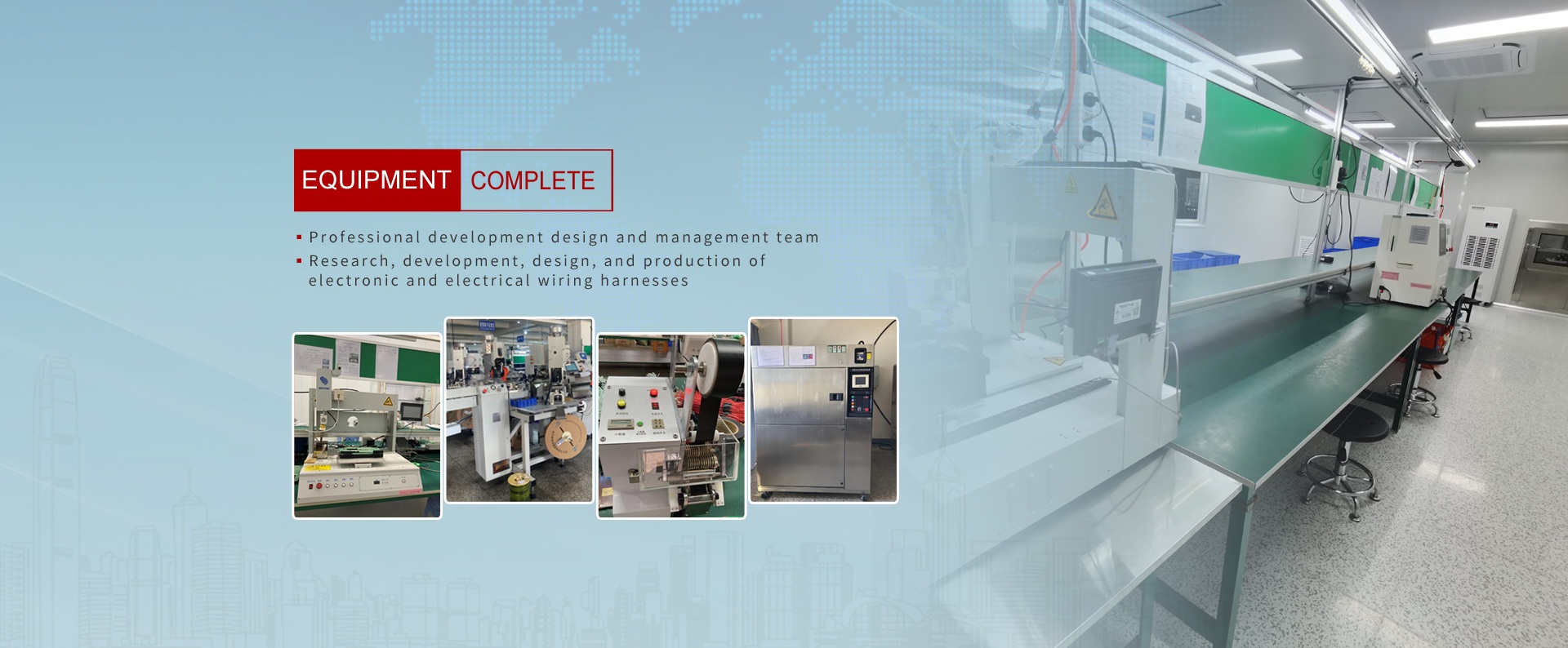Wire harnesses should be familiar to everyone, as they have a wide range of applications, ranging from precision instruments to automobiles, ships, etc. How can we better ensure the quality and performance of wire harnesses? Multiple aspects such as resistance need to be tested.
The resistance of automotive wiring harness wires is very important for the transmission of current, and the factors that affect wire resistance mainly include the following aspects:
1. Temperature
The effect of temperature on each material varies. For example, the resistance of copper and steel increases with temperature, while for some materials, the resistance decreases with temperature. Therefore, when conducting wire resistance measurements, we need to disconnect the measured wire from the circuit.
2. Cross section area
The larger the cross-sectional area of the wire, the more electrons it passes through at the same time. The thinner the wire, the more difficult it is for current to pass through, and the greater the resistance of the wire. The resistance decreases with the increase of wire diameter. When replacing the harness, use a harness with the same wire diameter. If a thinner wire harness is used, the resistance of the wire will increase, and the power consumed by the wire will increase, causing the wire harness to overheat or melt.
3. Length
As the length of the wire increases, the resistance increases because electrons have to pass through more atoms, and electrons pass through shorter wires and touch fewer atoms, resulting in lower resistance.
4. Rust
Rust in the circuit also has an impact on the resistance, and after rust occurs, the resistance will increase.









